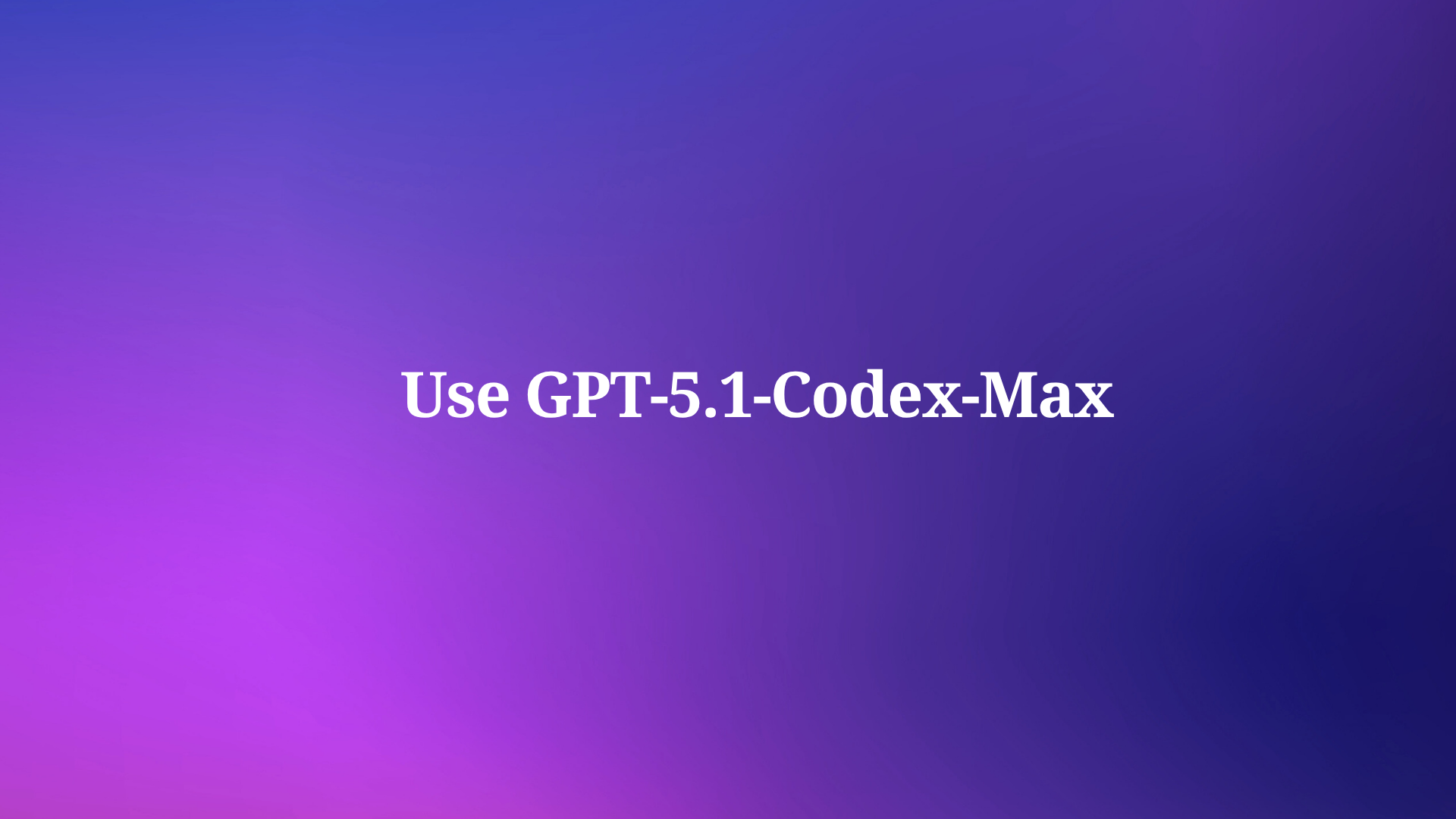In today’s data-driven world, understanding how users interact with your API documentation is crucial. To ensure that your API documentation serves its purpose, it's important to track how users engage with it. By integrating Apidog with Google Analytics, you can monitor key API documentation metrics and gain actionable insights to enhance user experience, improve adoption, and optimize performance.
In this blog, we’ll delve into the benefits of integrating Apidog with Google Analytics and how it helps you track key metrics that matter most for your API documentation.
What is Apidog and Google Analytics Integration?
Apidog is a comprehensive API development tool that offers capabilities for designing, documenting, debugging, testing, and managing APIs. It streamlines the API development process and provides a user-friendly interface for developers to create and test APIs.
Google Analytics is a powerful tool for tracking website and user behavior data. It provides deep insights into how users interact with your content, helping you identify areas of improvement.
By integrating Apidog with Google Analytics, you can seamlessly track and analyze user engagement with your API documentation. You no longer need to rely on guesswork—Google Analytics gives you the data you need to make informed decisions.
How to Integrate Apidog with Google Analytics?

With Apidog’s Google Analytics integration, tracking API metrics becomes seamless. Apidog provides an intuitive interface that allows you to connect Google Analytics to your API documentation without any complex coding. Here’s how you can set it up:
Step 1: Create a Google Analytics Property
- If you don’t already have a Google Analytics account, you can easily sign up here.
- Once signed in, create a new “Property” in your Google Analytics account to track your API documentation site.

- Navigate to "Web Stream" to set up a data source.

- Set up a “Web Stream” by entering the URL of your Apidog documentation site.

Step 2: Integrate Apidog with Google Analytics
- After creating your property and web stream, Google Analytics will provide a unique “Measurement ID.” This ID is used to link your site to Google Analytics. Navigate to the “Data Streams” section in your Google Analytics account, where you can find the Measurement ID.

- Copy your Measurement ID.

- In your Apidog documentation site settings, find the Google Analytics section.

- Paste your Measurement ID (without the “G-” prefix) into the designated field and save your settings.

Once the integration is complete, Google Analytics will start tracking the metrics associated with your API documentation, like page views, clicks, etc.
Why Tracking API Documentation Metrics is Important?
API documentation is often the first point of interaction for developers when integrating with an API. A well-structured, easy-to-navigate doc site increases adoption and satisfaction. However, without tracking metrics, it’s difficult to understand how users are engaging with your documentation. Key metrics like page views, session duration, bounce rate, and user actions are invaluable in determining the effectiveness of your API documentation.
Benefits of Tracking API Documentation Metrics:
- Improve User Experience: By understanding user behavior, you can fine-tune your documentation to be more intuitive and user-friendly.
- Increase API Adoption: Insights into which sections of the documentation users are most interested in can guide API improvements and help drive adoption.
- Identify Content Gaps: Google Analytics can reveal which topics or API endpoints users are spending the most time on, signaling where more detail or clarification is needed.
- Measure Documentation Effectiveness: Track how well your documentation is supporting users by understanding their behavior, questions, and engagement.
Key Metrics to Track for API Documentation Analytics
With Google Analytics integrated into your Apidog documentation site, you can track several key metrics that provide insights into user engagement. Here are some essential metrics to monitor:
Page Views
Track how many times your documentation pages are viewed. This helps you understand the popularity of different sections of your documentation.
Average Session Duration
Measure how long users stay on your site. Longer sessions may indicate that users are engaging deeply with your content, while shorter sessions might signal confusion or difficulty.
Bounce Rate
The bounce rate indicates how many users leave your site after viewing only one page. A high bounce rate might suggest that users are not finding what they’re looking for or that the documentation is hard to navigate.
User Interactions
Track interactions such as clicks on specific API endpoints, documentation downloads, or any other important user actions. This helps identify which sections are most useful and where users may need more information.
Real-Time Data
Google Analytics provides real-time tracking, so you can immediately see how users are interacting with your API documentation. This allows for quick feedback and allows you to adjust your documentation quickly if necessary.
Conversion Tracking
Set up goals in Google Analytics to track conversions, such as users signing up for your API or completing a specific task after reading the documentation. This shows you how well your documentation is driving actions that lead to API adoption.
Using API Documentation Analytics to Improve API Adoption
With the insights gathered from Google Analytics, you can refine your API documentation to improve user experience and drive greater adoption. Here’s how:
- Prioritize High-Traffic Sections: If you notice that users are spending more time on certain API endpoints or sections of your documentation, consider expanding those sections with additional examples, clarifications, or more detailed explanations.
- Optimize for Better Engagement: Use session duration and bounce rate metrics to identify areas of friction in your documentation. A high bounce rate could indicate that your content is difficult to understand, so consider simplifying or reorganizing it.
- Close Content Gaps: If users are spending a lot of time on a specific API feature or endpoint but not progressing further, it might be a sign that you need to provide additional context or examples to guide them through.
- Test Documentation Updates: Google Analytics allows you to monitor changes in user behavior after updating documentation. By testing small updates and monitoring the impact on metrics, you can optimize your content iteratively.
Conclusion
Integrating Apidog with Google Analytics empowers API developers to make data-driven decisions to improve their documentation. With the ability to track key API documentation metrics, you gain valuable insights into how users engage with your content, helping to improve the user experience and drive API adoption.
By tracking metrics like page views, session duration, and user interactions, you can ensure that your API documentation is serving its purpose and continuously improving based on real user behavior. With Apidog's simple integration, this valuable data is at your fingertips, enabling you to optimize and refine your API documentation in real-time.
Start tracking your API documentation’s performance today with Apidog and Google Analytics, and unlock the full potential of your API's user engagement.



